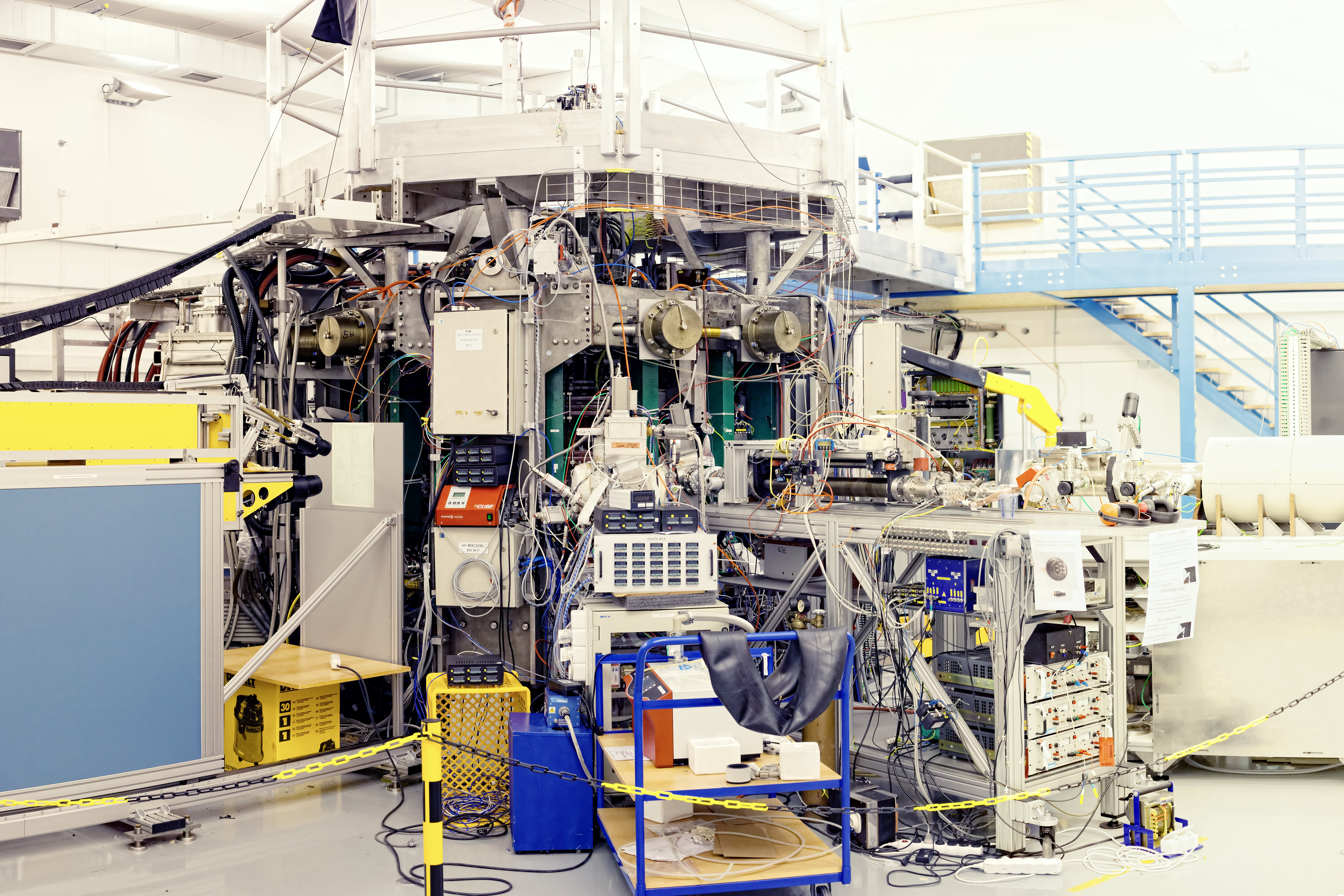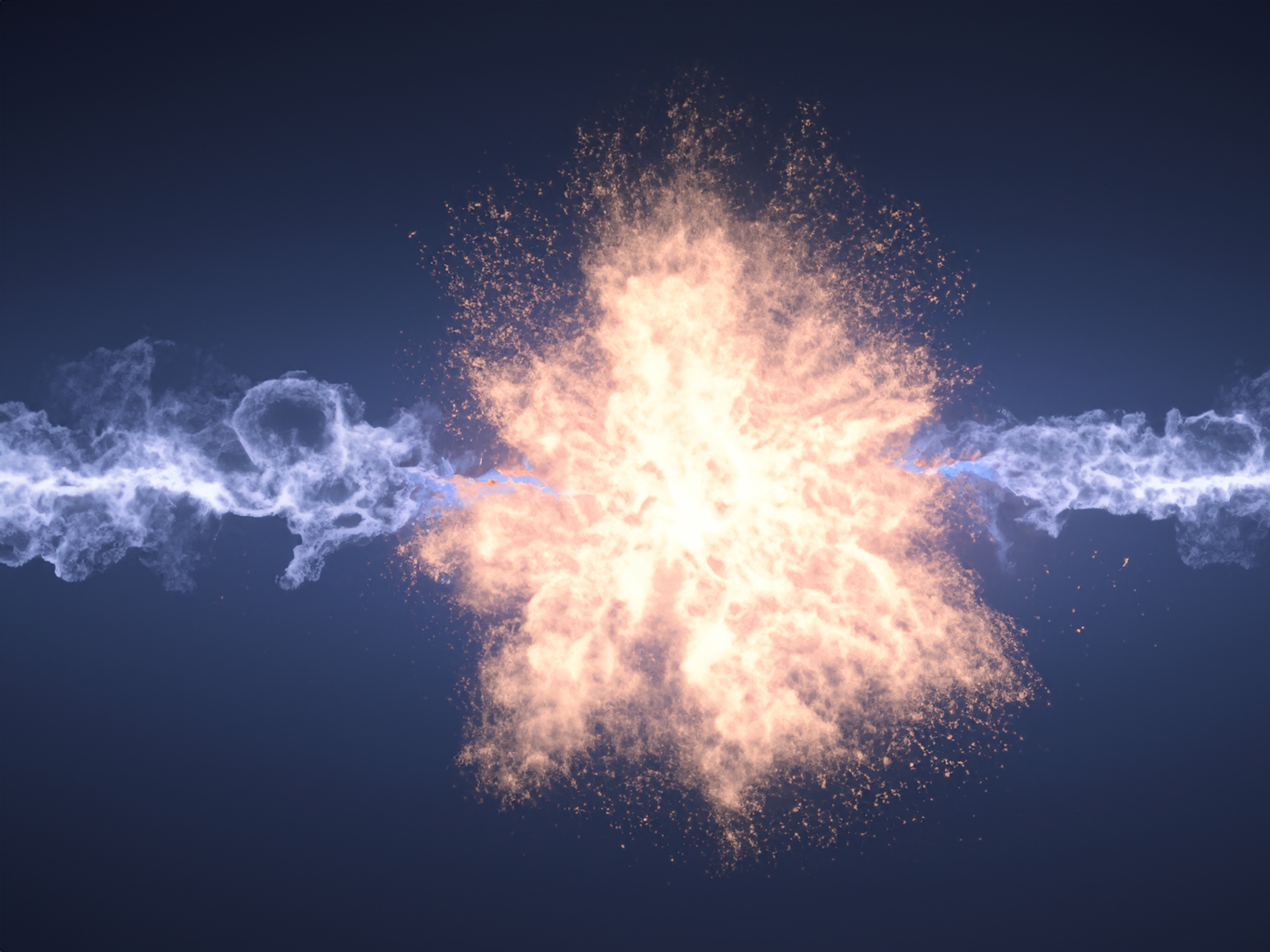

The world has been on the hunt for cleaner energy for decades, and even though scientists have had some luck with nuclear fusion, there have been multiple roadblocks when it comes to using it every day.
One of those factors is cost, but MIT researchers say they’ve figured out how to clear at least that hurdle.
They say their magnet-based design works not only in a lab setting, but is practical and economically viable.
The data comes from six separate studies that were published in IEEE Transactions on Applied Superconductivity, detailing what the scientists call a landmark test.
MIT’s Dennis Whyte explains why they’re so excited about the results.
“Overnight, it basically changed the cost per watt of a fusion reactor by a factor of almost 40 in one day. Now, fusion has a chance.”


Fusion is the result of small and abundant atoms, like hydrogen, combining and generating heat that can be harnessed for electricity. It produces only a small amount of radiation and doesn’t require the use of dangerous elements, all of which makes it safer than nuclear fission.
One hurdle is that we need to subject these molecules to extremely high temperatures and pressures to force them to smash together. This has been solved by a tokamak, a donut-shaped chamber lined with magnets that lock the hydrogen in place. Whyte and others believe these devices “have a chance to greatly reduce the size and the cost of objects that would make fusion possible.”
MIT researchers used an experimental material called REBCO that allowed magnets to be superconductive at 20 Kelvin. This is much more practical than the temperatures previously required.
They removed insulation, which is there to prevent short-circuiting, around the coils of superconducting tape. This simplified the design and resulted in a lower-voltage system, says associate MIT professor Zach Hartwig.
“It was very much a surprise to the community when we announced that it was a no-insulation coil.”
Their 20,000-pound magnet is capable of maintaining a magnetic field over 20 tesla. That’s enough to support fusion reactions that achieve a net output of power.


The tests reveal their design to also be robust and stable and able to withstand the extreme heat caused by a shutoff of power.
“Basically we did the worst thing possible to a coil, on purpose, after we had tested all other aspects of the coil performance. And we found that most of the coil survived with no damage.”
I’m no expert, but this sounds like a big step forward for the technology.
And that’s a very good thing for all of us.
Source: https://twistedsifter.com/2024/04/mit-claims-theyve-figured-out-how-to-make-fusion-energy-practical/
